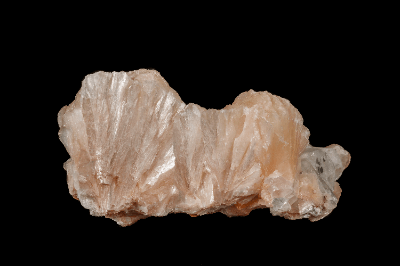What Is Crystal Twinning?

Crystal twinning occurs when two or more crystal parts form a symmetrical relationship, either along planes or axes. These symmetrical parts are known as twinning planes or axes, respectively. To confirm crystal twinning, cross-collinear (polarized microscopy) is often employed.
Plagioclase is a commonly known mineral where crystal twinning is evident, but this phenomenon is also observed in minerals like alkali feldspar and hornblende.
Uses of Crystal Twinning
Plagioclase, a natural mineral, exhibits prominent crystal twinning. It is sometimes referred to as “labradorite” due to the blue, yellow, and orange flashes it emits, a result of thin-film interference. Alkali feldspar, a solid solution of potassium feldspar and soda feldspar, includes varieties such as “moonstone.”
Additionally, vibration-damping alloys, which show crystal twinning when subjected to external forces and absorb vibrations, can be considered to utilize twinning as well.
Other Information on Crystal Twinning
Characteristics of Crystal Twinning
Crystal twinning is not limited to autocrystalline minerals, which have a clear crystal form but also occurs in allocrystalline minerals without a crystal form. The external appearance of a mineral, reflecting its atomic arrangement, is referred to as crystal morphology.
In self-shaped minerals, the angle between adjacent crystal planes is consistent for each mineral, known as the “law of fixed face angles.” For instance, quartz has a fixed angle of 120°. There are various types of twinning in quartz, including “Japanese-style” (formed during crystal growth), “Brazilian-style” (right and left crystals joined), and “Dauphine-style” (single orientation of crystals). However, except for Japanese-style twinning, other self-shaped twinnings are not easily recognized without specific tests.
Crystal twinning is present in many minerals but often requires a polarizing microscope for visualization. Notably, albite-type twinning, characterized by a stripe pattern due to changes in atomic arrangement across the lattice plane, can be visible to the naked eye. Similarly, callus-pad twinning in alkali feldspar is also discernible without magnification.